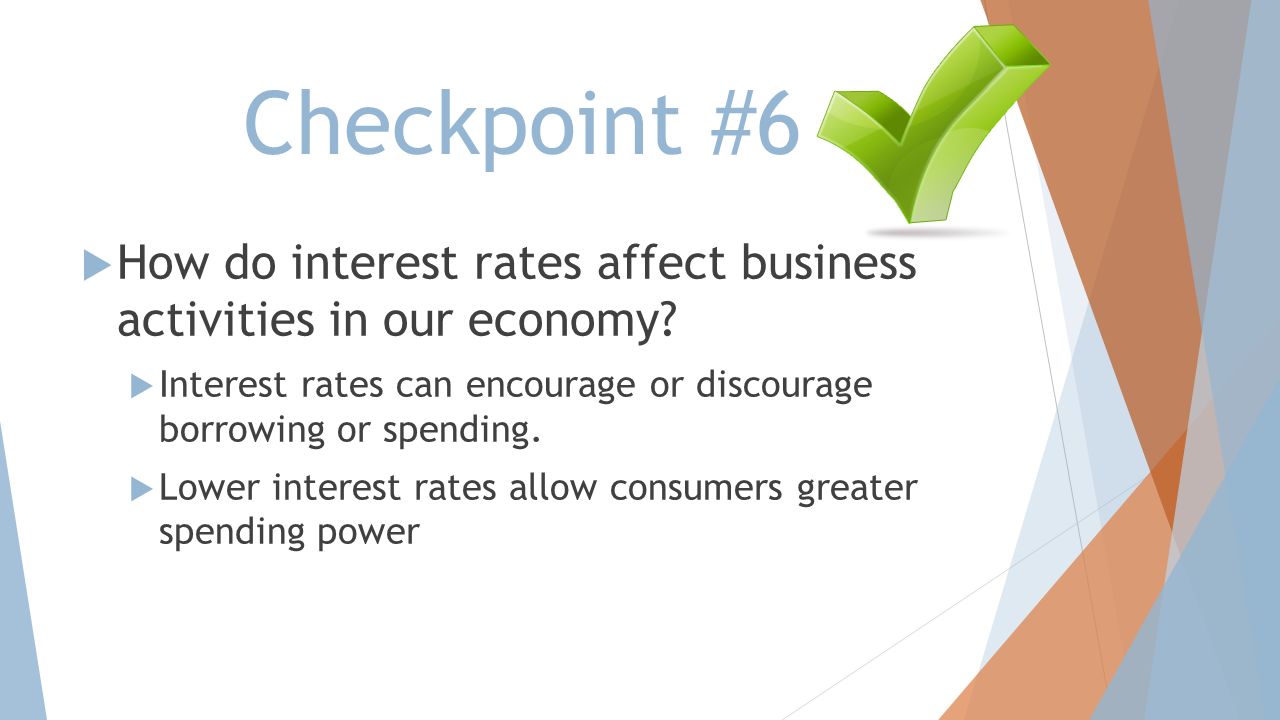Home>Finance>First-Loss Policy: Definition, Purpose, Examples


Finance
First-Loss Policy: Definition, Purpose, Examples
Published: November 24, 2023
Learn the basics of a first-loss policy in finance, including its definition, purpose, and real-life examples. Enhance your understanding of risk management strategies.
(Many of the links in this article redirect to a specific reviewed product. Your purchase of these products through affiliate links helps to generate commission for LiveWell, at no extra cost. Learn more)
Understanding First-Loss Policy: Definition, Purpose, Examples
When it comes to managing financial risks, businesses need to have robust strategies in place. One such strategy is the implementation of a first-loss policy. But what exactly does this policy entail, and how does it serve its purpose? In this article, we will dive into the world of first-loss policies, exploring their definition, purpose, and providing real-life examples to help you gain a clearer understanding.
Key Takeaways:
- First-loss policy is a risk management strategy
- Purpose: To protect businesses from significant financial losses by addressing potential risks proactively
Defining First-Loss Policy
A first-loss policy, in the context of finance, refers to a risk management strategy that aims to mitigate potential losses by taking preventive actions before they occur. As the name suggests, this policy ensures that the first portion of the financial loss is borne by a specific entity, such as an insurance company or investor, rather than the business itself.
The first-loss policy works by establishing a predetermined threshold at which the insurance company or investor will step in and absorb the initial losses, protecting the business from a significant financial hit. This approach provides businesses with a sense of security, allowing them to focus on their operations while having a safety net in place.
The Purpose of First-Loss Policy
The primary purpose of a first-loss policy is to safeguard businesses from potential financial losses that could arise from unforeseen events or risks. By transferring the initial risk to a specific entity, businesses can limit their exposure and maintain financial stability. Let’s explore the key reasons why businesses opt for first-loss policies:
- Enhanced Risk Management: First-loss policies allow businesses to proactively address potential risks by partnering with an insurance company or investor. This collaborative approach ensures that resources are available to absorb the initial losses, reducing the impact on the business’s bottom line.
- Financial Stability: By implementing a first-loss policy, businesses can maintain stability in times of crisis or when faced with unexpected financial challenges. This strategic approach can provide a sense of security, allowing businesses to focus on core operations without worrying about significant financial setbacks.
- Investor Confidence: Having a first-loss policy in place can also instill confidence in potential investors. Knowing that the initial losses are covered by a separate entity can make investing in the business a more attractive proposition, thereby attracting capital and fostering growth.
Real-Life Examples
First-loss policies are widely used across various industries and sectors. Here are a few real-life examples:
- Insurtech Startups: Startups in the insurance technology space often leverage first-loss policies to protect themselves from potential financial losses resulting from claims. By partnering with established insurance companies, these startups can provide coverage to customers and transfer the initial risk to their insurance partners.
- Venture Capital: Venture capital firms may employ first-loss policies to mitigate risks associated with their investments in startups. By establishing agreements with limited partners, venture capital firms can ensure that the initial losses are covered, creating a more favorable investment environment for both the firm and potential investors.
- Alternative Lenders: Peer-to-peer lending platforms and alternative lenders sometimes opt for first-loss policies to safeguard their investors’ funds. By partnering with financial institutions or setting up insurance arrangements, these lenders can protect their investors from defaults or non-payment by borrowers.
It’s important to note that the specific terms and conditions of first-loss policies can vary widely based on the industry, nature of risk, and individual agreements. Therefore, it is essential for businesses to carefully evaluate their risk exposure and work with trusted partners to tailor a first-loss policy that suits their unique needs.
Unlocking Financial Security with First-Loss Policies
Implementing a first-loss policy can provide businesses with a sense of financial security, allowing them to navigate potential risks without fear of significant financial losses. By transferring the initial risk to a specific entity, businesses can focus on growth and operational excellence, knowing that their partners will step in to absorb the first portion of any potential losses. Whether you’re a startup or an established enterprise, considering a first-loss policy could prove to be a wise move in today’s uncertain economic landscape.














